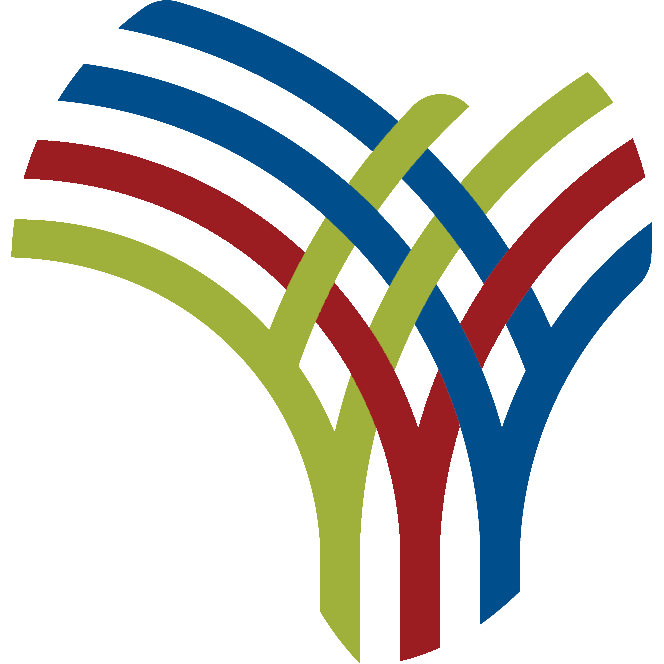(this is also all over the DJ news this am)
More than 100 people have died in a suspected hemorrhagic fever outbreak in a remote part of Congo, local health officials said Wednesday. People began dying of the suspected fever two weeks ago near Mweka , a village in the province of Kasai Occidental, said Jean-Constatin Kanow, the chief medical inspector for the province. Congo has in the past seen large outbreaks of Marburg and Ebola, hemorrhagic fevers caused by viruses that, in severe cases, attack the central nervous system and cause bleeding from the eyes, ears and other parts of the body.)
More than 100 people have died in a suspected hemorrhagic fever outbreak in a remote part of Congo, local health officials said Wednesday. People began dying of the suspected fever two weeks ago near Mweka , a village in the province of Kasai Occidental, said Jean-Constatin Kanow, the chief medical inspector for the province. Congo has in the past seen large outbreaks of Marburg and Ebola, hemorrhagic fevers caused by viruses that, in severe cases, attack the central nervous system and cause bleeding from the eyes, ears and other parts of the body.)




 </TD><TD>
</TD><TD> </TD><TD>
</TD><TD>
Comment